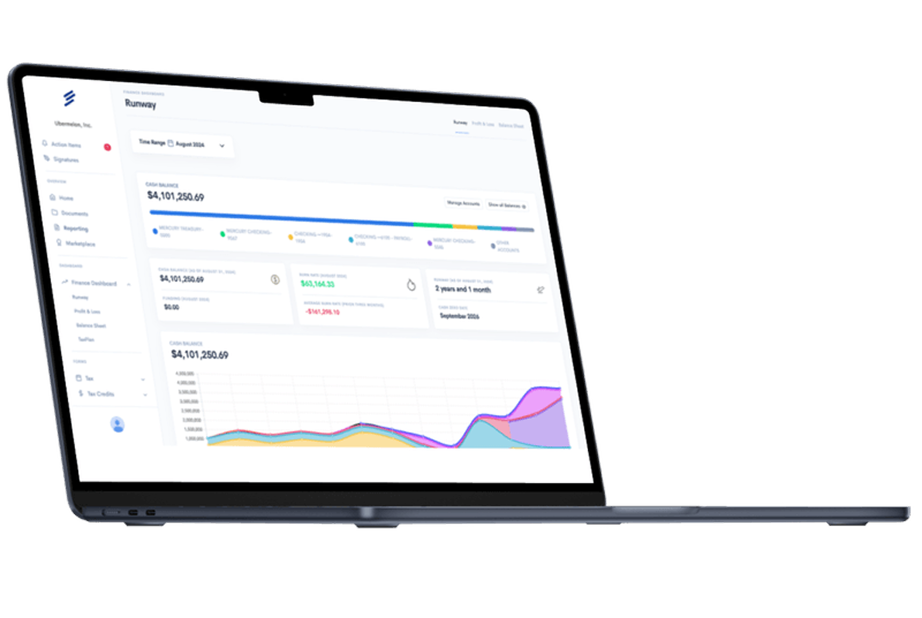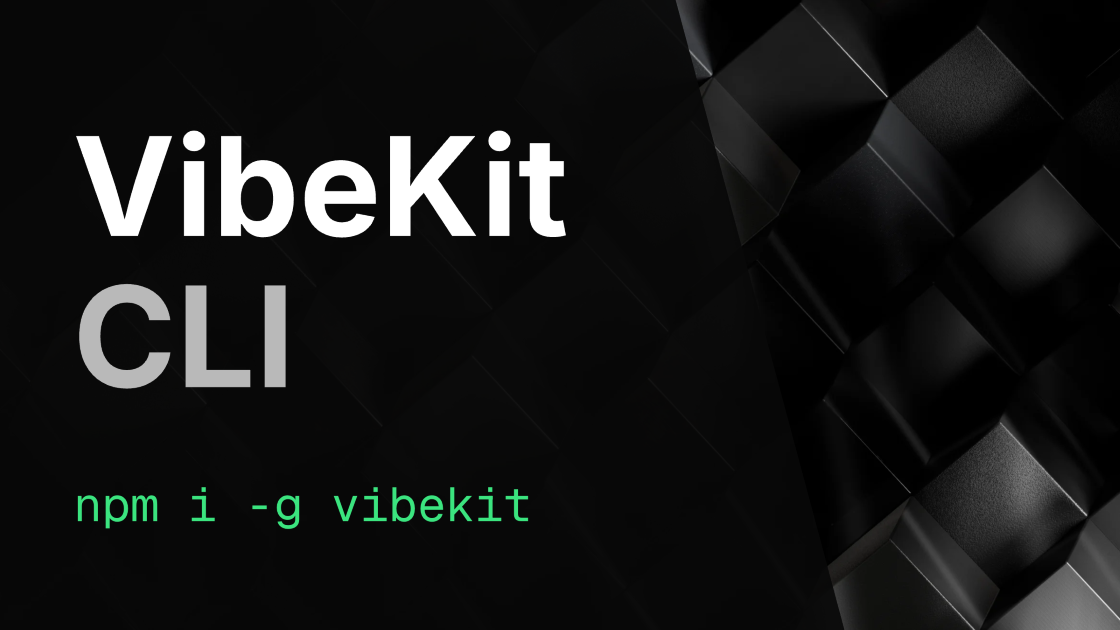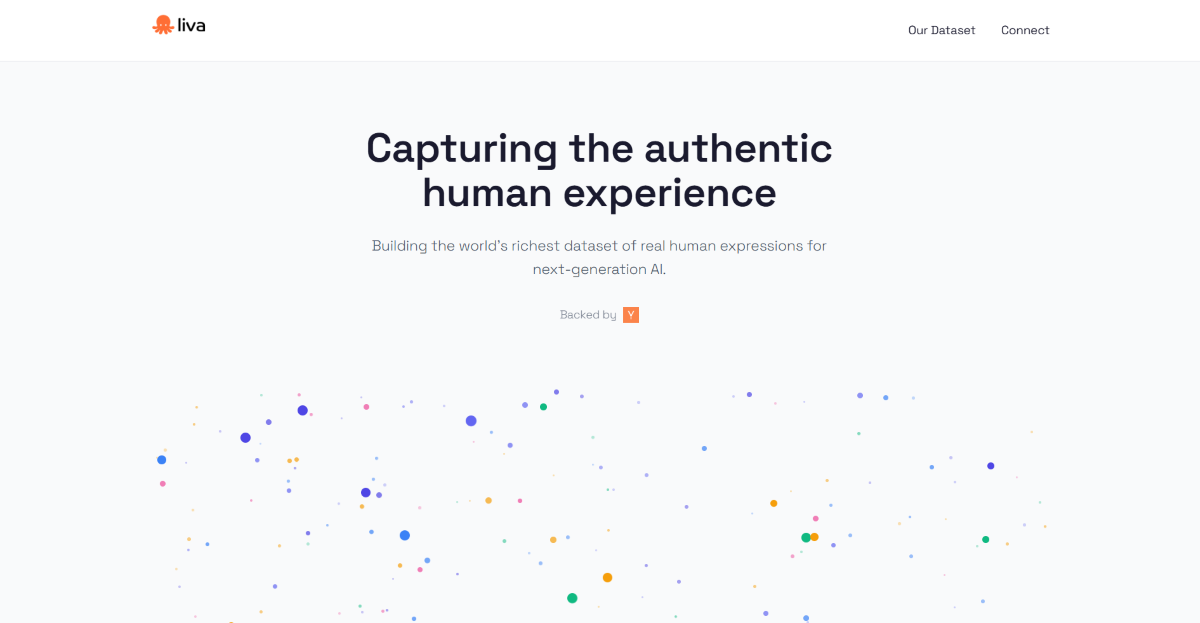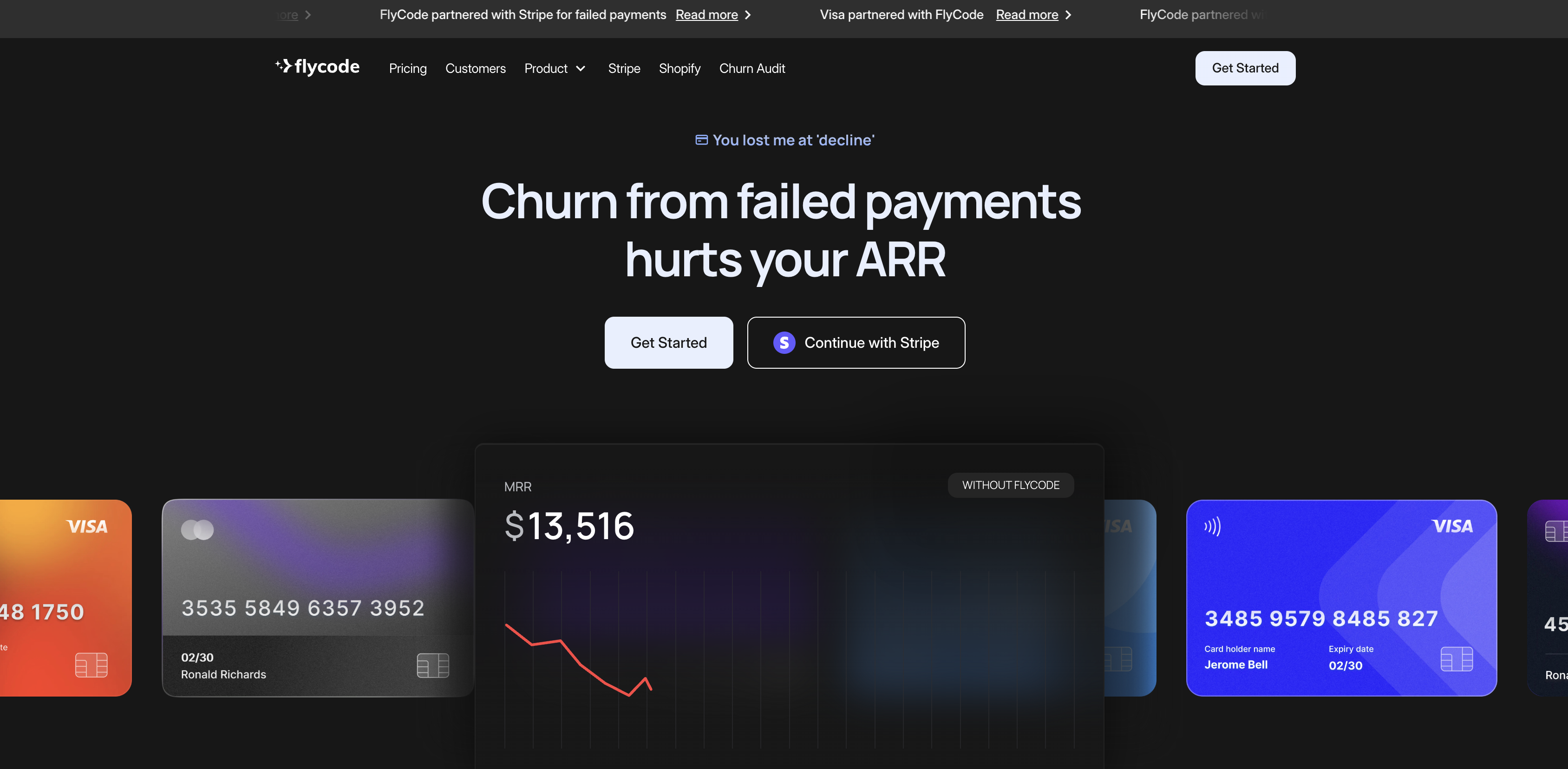In today's competitive business landscape, choosing the right HR and payroll solution is crucial for streamlining operations and ensuring compliance.
Choosing between Gusto and GoCo requires careful consideration of your organization's unique HR needs and priorities. Both platforms offer comprehensive solutions for managing human resources, but they differ significantly in their approaches to payroll processing, benefits administration, and overall flexibility. Understanding these differences will help you make an informed decision that aligns with your business requirements and growth trajectory.
How Do Gusto and GoCo Transform HR Management?
Gusto and GoCo represent two distinct approaches to modern HR management, each with unique strengths designed to address specific business challenges. Gusto, founded in 2011, has established itself as a user-friendly, all-in-one platform that seamlessly integrates payroll processing, benefits administration, and compliance reporting into a single solution. The platform's intuitive interface and comprehensive feature set make it particularly appealing to small and medium-sized businesses seeking streamlined HR operations without complexity.
GoCo takes a different approach, positioning itself as a flexible HR platform with robust customization capabilities and integration options. What truly distinguishes GoCo is its ability to work with various payroll providers, including Gusto itself, through its embedded payroll feature. This flexibility allows businesses to maintain existing relationships with preferred service providers while still benefiting from GoCo's powerful HR management tools and workflow automation features.
Both platforms aim to simplify HR processes, but they do so through different strategies that cater to varying organizational needs and priorities. The right choice depends on whether your business values an integrated, all-in-one solution or prefers a more customizable approach that works alongside existing systems.
Core Features That Drive Efficiency
Gusto excels in providing a comprehensive payroll solution with automatic tax calculations and filings that significantly reduce administrative burden. The platform handles everything from calculating wages and deductions to submitting state and federal tax forms, ensuring compliance while saving valuable time. Gusto's onboarding capabilities streamline the new hire process by automatically generating required documents and facilitating electronic signatures, creating a smooth experience for both HR teams and new employees.
GoCo distinguishes itself with its innovative Magic Docs feature and highly customizable workflow automation capabilities. The platform allows businesses to digitize and e-sign HR forms, dramatically reducing paperwork and manual processes that traditionally consume HR resources. While GoCo doesn't offer its own native payroll system, its embedded payroll option powered by Gusto provides a seamless experience where GoCo serves as the central source of truth for employee information, automatically flowing data into payroll processing without requiring duplicate entries.
Both platforms offer employee self-service portals that empower staff to access their information, update personal details, and manage benefits independently. These self-service capabilities reduce the administrative burden on HR teams while giving employees greater control over their information and benefits.
What Makes Their Payroll Processing Different?
Gusto's approach to payroll represents a fully integrated, in-house solution that handles every aspect of the process from start to finish. The platform automatically calculates, pays, and files federal, state, and local payroll taxes, significantly reducing compliance risks and administrative workload. Gusto supports various compensation structures through features like multiple pay schedules, contractor payments, and bonus distributions, providing the flexibility businesses need to manage diverse workforces.
GoCo offers two distinct payroll options that emphasize flexibility and integration with existing systems. The first option utilizes GoCo's embedded payroll powered by Gusto, allowing companies to run payroll directly from the GoCo platform while leveraging Gusto's robust payroll engine. Alternatively, businesses can maintain their current payroll provider and connect it with GoCo through the Payroll Sync Dashboard, which tracks changes to employee and pay data to ensure systems remain synchronized.
The fundamental difference in payroll approaches reflects each platform's core philosophy: Gusto provides a comprehensive, unified solution, while GoCo emphasizes flexibility and integration with existing systems. Your choice should align with whether you prefer an all-in-one platform or value maintaining relationships with specialized service providers.
Benefits Administration Capabilities
Gusto's benefits administration platform allows employers to offer and manage various employee benefits directly within a single system. The platform supports:
- Health insurance with dental and vision coverage options
- Retirement plans including 401(k) options
- Health savings accounts (HSAs) and flexible spending accounts
- Commuter benefits for employee transportation needs
- Life and disability insurance options
Gusto's status as a licensed broker in all 50 states creates a streamlined experience where businesses can shop for and purchase benefits directly through the platform. This integration ensures benefit deductions automatically sync with payroll processing, eliminating manual data entry and reducing errors.
GoCo takes a more flexible approach to benefits administration by connecting businesses with experienced benefits professionals who help create appropriate employee packages. The platform integrates with any carrier, allowing companies to maintain existing benefits relationships while leveraging GoCo's management tools for administration. GoCo facilitates self-service benefits enrollment through both its platform and mobile app, giving employees convenient access to their benefits information.
Both platforms prioritize making benefits administration more accessible and less time-consuming, but they do so through different approaches that reflect their overall philosophies toward HR management.
How Do User Experience and Support Compare?
Gusto has earned a reputation for its clean, intuitive interface that simplifies complex HR processes for users at all levels. The dashboard provides a clear overview of essential information and upcoming tasks, while the navigation follows a logical organization that minimizes the learning curve. New users typically find Gusto easy to learn with minimal training required, making it particularly suitable for businesses without dedicated HR specialists.
GoCo delivers an equally impressive user experience with its modern, clean interface designed to be accessible regardless of technical expertise. The platform organizes information logically with clear navigation paths to different HR functions, while its self-service features give employees control over their HR information. GoCo's onboarding wizard simplifies the process of setting up new employees by collecting vital information like direct deposit details and benefit enrollment preferences in a streamlined workflow.
Customer Support Models That Matter
The approach to customer support represents one of the most significant differences between these platforms. Gusto offers multi-channel support through:
- Phone assistance during standard business hours
- Email support for less urgent inquiries
- Chat options for quick questions and guidance
- Comprehensive help center with guides and tutorials
However, Gusto reserves dedicated account managers exclusively for customers on premium tier plans, meaning smaller businesses on basic plans might not receive the same level of personalized attention.
GoCo distinguishes itself with a high-touch customer support model that assigns every client a dedicated Customer Success Manager (CSM). This personalized approach ensures clients have a consistent point of contact who develops a deep understanding of their specific needs and challenges. Clients can reach their CSM through multiple channels whenever assistance is needed, potentially leading to faster resolution times and more tailored solutions.
The difference in support models reflects each platform's broader approach to customer relationships and should factor into your decision-making process, especially if personalized support is a priority for your organization.
What Integration Options Do They Offer?
Gusto provides native integrations with popular business tools that create a connected ecosystem for streamlined operations. Key integrations include:
- Accounting software like QuickBooks, Xero, and FreshBooks
- Time tracking tools for accurate attendance management
- Point-of-sale systems for retail and hospitality businesses
- Business applications that enhance productivity
These connections allow for seamless data flow between platforms, reducing manual data entry and potential errors. Gusto also offers an API for custom integrations, though implementation typically requires developer resources.
GoCo takes a notably flexible approach to integrations, particularly with payroll systems and other HR tools. The platform's embedded payroll option powered by Gusto provides seamless integration between HR and payroll functions, while the Payroll Sync Dashboard allows businesses to maintain existing payroll providers. GoCo also integrates with various business tools including accounting software, communication platforms like Slack, and applicant tracking systems.
Both platforms recognize the importance of working within a broader business technology ecosystem, but GoCo's approach emphasizes flexibility and preservation of existing relationships with specialized service providers. This difference may be particularly important for businesses with established technology stacks that want to enhance rather than replace their current systems.
Pricing Structures and Value Proposition
Gusto employs a tiered pricing model with transparent, published rates that make budgeting straightforward. The Simple plan starts at $40 per month plus $6 per person, while the Plus plan costs $80 per month plus $12 per person with additional features like time tracking and next-day direct deposit. The Premium plan includes dedicated support and compliance alerts, though pricing requires contacting sales directly.
GoCo takes a more customized approach to pricing, requiring potential customers to request quotes based on their specific needs. Their base Premium HR plan starts at $5 per employee per month, covering hiring, onboarding, and document management features. Additional capabilities like payroll processing, benefits administration, and time tracking are available as add-ons for extra fees, allowing businesses to create tailored packages that include only the features they need.
The difference in pricing approaches reflects each platform's overall philosophy: Gusto offers standardized packages with predictable costs, while GoCo emphasizes customization and flexibility. Your preference may depend on whether you value pricing transparency or the ability to build a solution specifically tailored to your needs.
Which Platform Best Suits Your Business Needs?
Selecting between Gusto and GoCo requires a thorough assessment of your organization's specific requirements, existing systems, and growth plans. Gusto represents an excellent choice for businesses seeking an all-in-one solution that minimizes complexity and administrative overhead. Its integrated approach combines payroll, benefits, and HR management in a single platform with a user-friendly interface that requires minimal training.
GoCo shines for organizations that require greater flexibility and customization in their HR processes. Its ability to work with existing payroll providers makes it ideal for businesses that want to maintain current relationships while enhancing their HR capabilities. The platform's emphasis on workflow automation and document management serves companies looking to digitize and streamline complex HR procedures, while the dedicated customer support model provides valuable guidance for navigating complicated HR landscapes.
Consider these factors when making your decision:
- Your current technology ecosystem and integration requirements
- The complexity of your payroll and benefits needs
- Your preference for standardized versus customized solutions
- The importance of dedicated support for your organization
- Your budget constraints and pricing preferences
The right choice ultimately depends on aligning these considerations with the unique strengths and approaches of each platform.
Implementation Experiences to Consider
Gusto offers a streamlined setup process designed for quick deployment and minimal disruption. The self-service implementation typically takes a few days to a couple of weeks, depending on your payroll and benefits complexity. The platform provides step-by-step guidance through setup, including importing employee data, configuring payroll settings, and establishing integrations with other systems.
GoCo takes a more consultative approach to implementation that reflects its focus on customization and tailored solutions. Because the platform offers custom HR workflows, implementation typically requires more time but results in more precisely configured systems. GoCo representatives work closely with clients to understand specific needs, configure the system accordingly, and provide comprehensive training on navigating the platform.
Both approaches have merit, but they serve different priorities. Gusto's implementation process prioritizes speed and simplicity, while GoCo emphasizes customization and optimal configuration. Your preference may depend on whether you value quick deployment or a more tailored setup process.
How To Choose Between Gusto and GoCo
When evaluating these platforms, focus on identifying your most critical HR challenges and determining which solution best addresses them. Start by conducting an internal assessment of your current HR processes, identifying pain points, inefficiencies, and compliance concerns that need resolution. This assessment will help clarify which features and capabilities are essential for your organization.
Next, consider your growth trajectory and how your HR needs might evolve over time. While Gusto offers a comprehensive solution that works well for many growing businesses, GoCo's flexibility might better accommodate organizations with complex or rapidly changing requirements. The scalability of each platform should align with your anticipated growth and evolving HR needs.
Finally, take advantage of demos and trial periods to experience each platform firsthand. These hands-on experiences provide valuable insights into user experience, feature functionality, and overall fit with your organization's culture and workflows. Pay particular attention to how each platform handles your most critical HR processes and how easily your team adapts to the interface.
Key Decision Factors for HR Platforms
When making your final decision, consider these essential factors:
- Integration capabilities: Evaluate how well each platform connects with your existing business systems
- Customization options: Determine whether you need standardized processes or highly tailored workflows
- Support model: Consider the importance of dedicated support versus self-service resources
- Implementation timeline: Assess how quickly you need the solution operational
- Total cost of ownership: Look beyond base pricing to understand the full financial impact
Your decision should balance immediate needs with long-term strategic objectives, ensuring the platform you choose supports both current operations and future growth. The right solution will streamline HR processes, improve compliance, and contribute to overall organizational success.
Maximizing Your HR Platform Investment
Selecting the right HR platform represents only the first step in transforming your human resources operations. To maximize your investment in either Gusto or GoCo, develop a comprehensive implementation plan that includes thorough training for all users, clear communication about process changes, and regular evaluation of system performance against business objectives. This strategic approach ensures the platform delivers its full potential value to your organization.
Regularly review and optimize your HR workflows as your business evolves and grows. Both Gusto and GoCo offer features and capabilities that many organizations don't fully utilize, so schedule periodic assessments to identify opportunities for greater efficiency and effectiveness. These reviews might reveal untapped features or integration possibilities that could further streamline your HR operations.
Remember that technology serves as an enabler for your HR strategy, not a replacement for it. The most successful implementations of either platform occur when the technology aligns with well-defined HR processes and organizational goals. By maintaining this alignment and continuously optimizing your use of the platform, you'll achieve the greatest return on your investment while creating a more efficient, compliant, and employee-friendly HR function.
Simplify Startup Finances Today
Take the stress out of bookkeeping, taxes, and tax credits with Fondo’s all-in-one accounting platform built for startups. Start saving time and money with our expert-backed solutions.
Get Started









.png)









